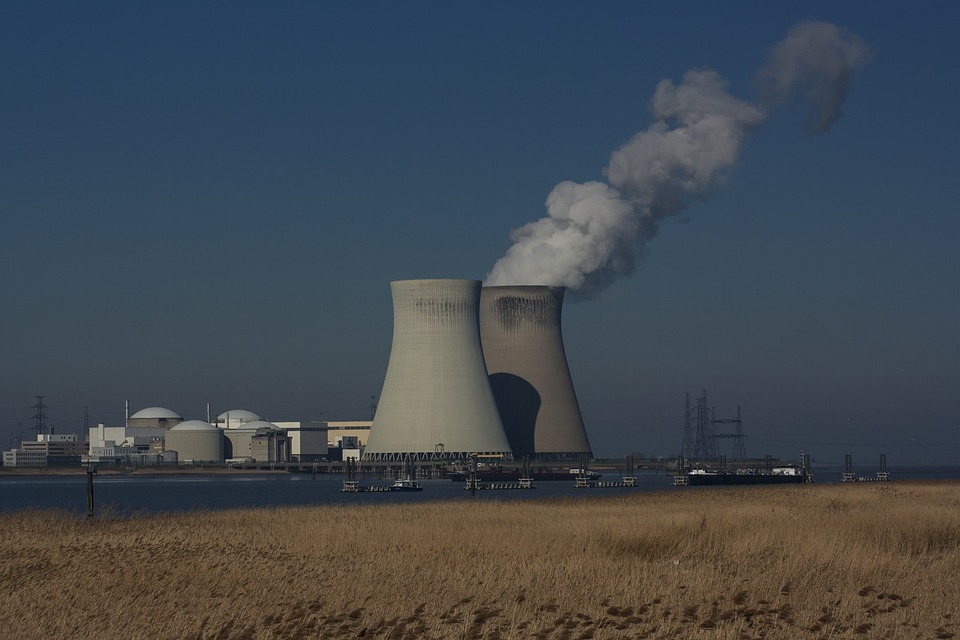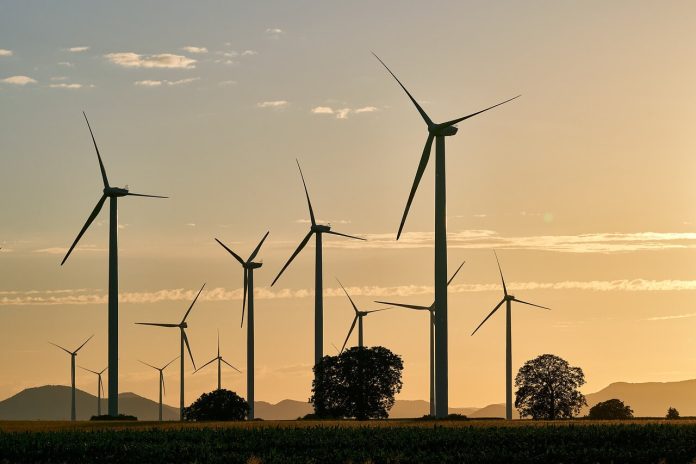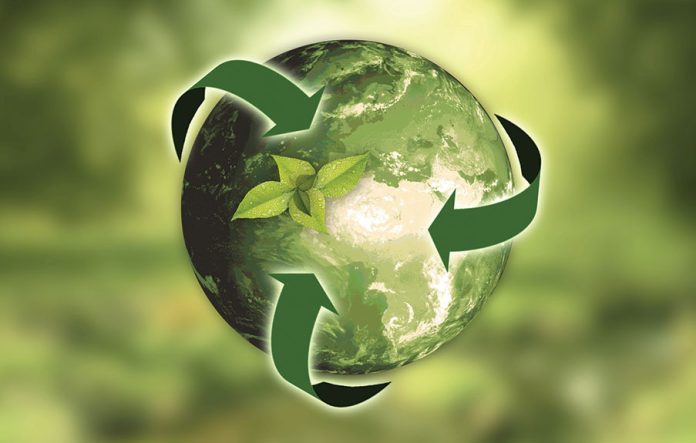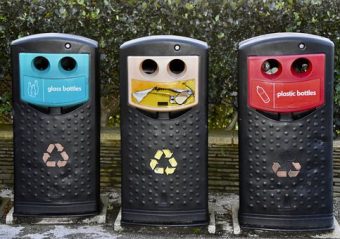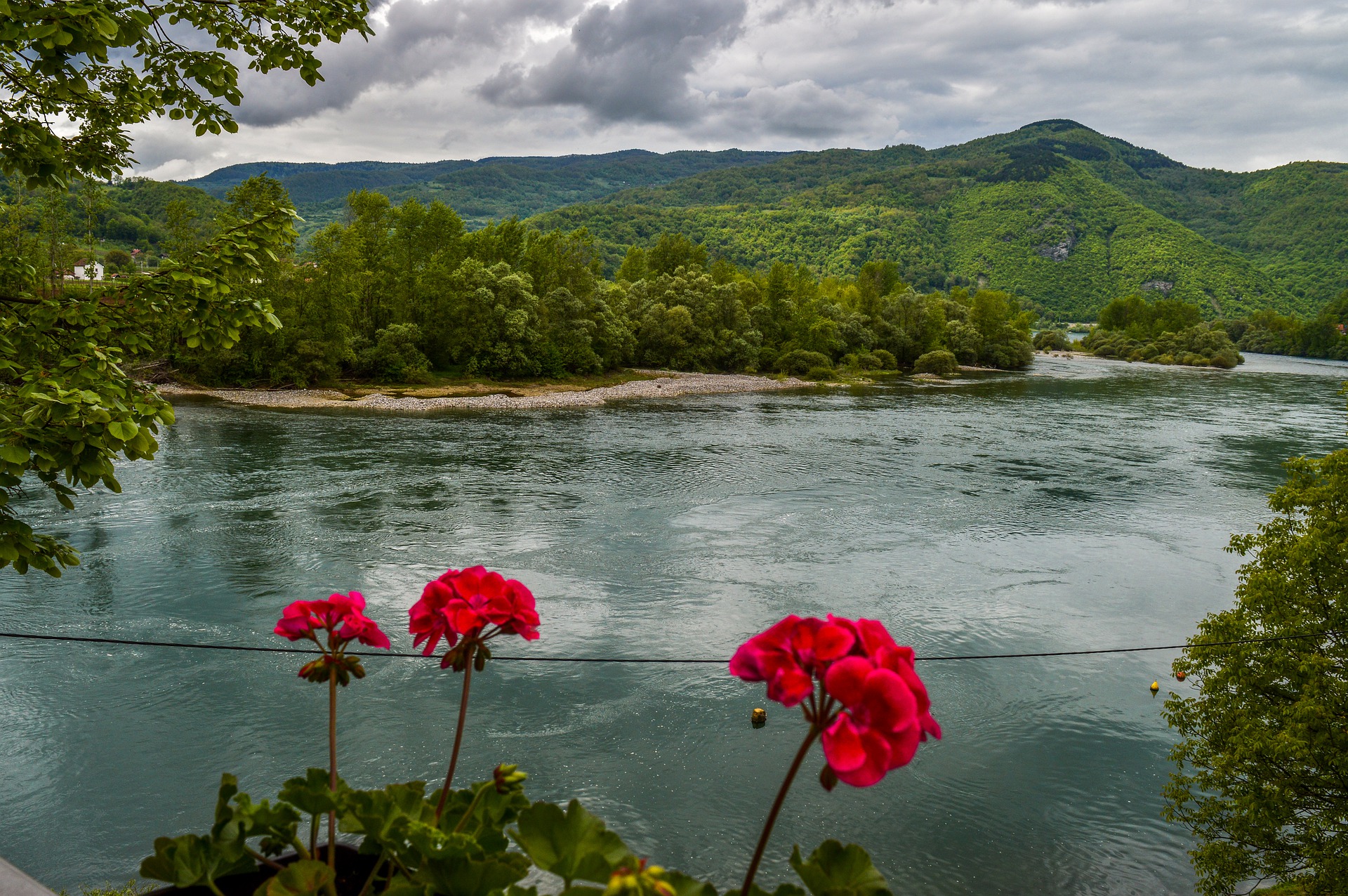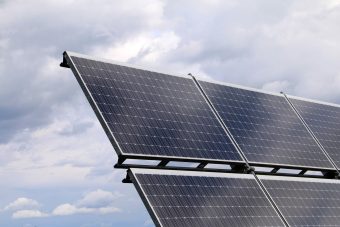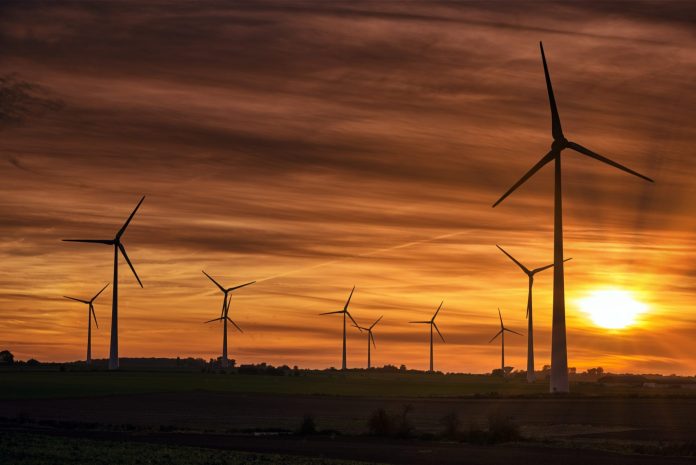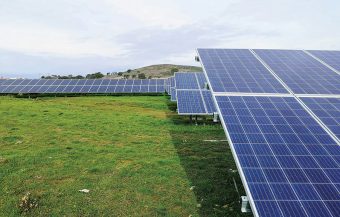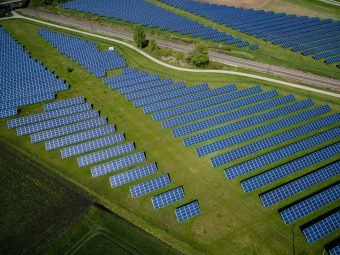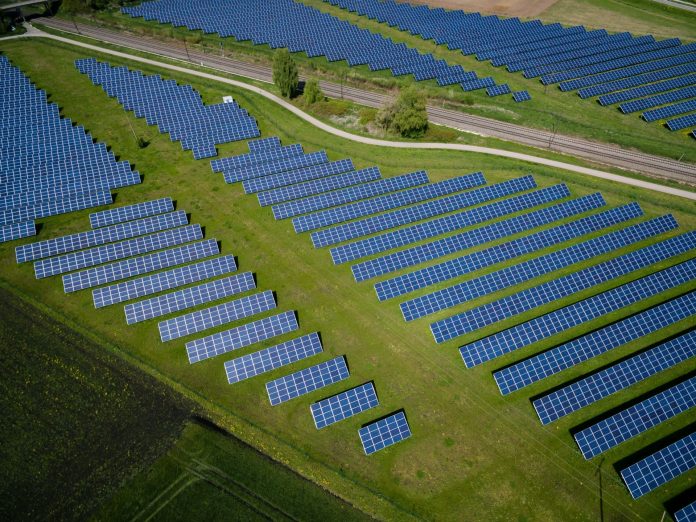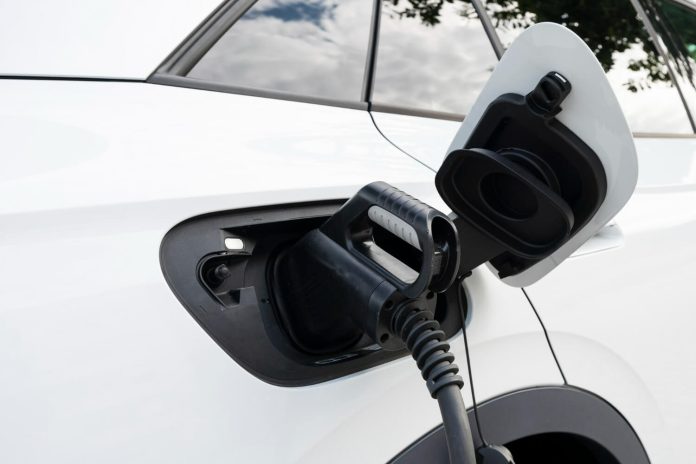GEN Group, the largest Slovenian producer and supplier of low-carbon electricity, aims to strengthen its role in the future. The group is behind a key national project—the construction of a second unit at the Krško Nuclear Power Plant, known in Slovenia as JEK2 and in neighboring countries as NPP Krško 2.
A consultative referendum on the construction of NPP Krško 2 is scheduled for November 24. While the referendum will not result in a final decision on the new reactor, it will allow citizens to express their opinions on whether the government and investors should receive a mandate to continue with project preparations.
However, local media report growing political tension around the issue, with demands for the referendum to be postponed or canceled. Calls for more transparency and constitutional review have been made by certain parties and groups, although the government maintains that regulations do not permit such decisions, and, in its view, there is no legal basis for them.
More:
- China Joins Monitoring of Fukushima Water Release
- Greenpeace: Investment in Nuclear Power Plants is Expensive
- How can Nuclear Techniques Improve Food Safety?
The NPP Krško 2 project, combined with the use of renewable energy sources, is seen as a cornerstone for achieving climate neutrality and decarbonization in Slovenia’s power generation system. The aim is to create an environmentally friendly and modern electricity supply to ensure energy security, particularly during the transition to cleaner energy sources and in times of energy instability.

Before the referendum—if it takes place—a series of studies and documents will need to be published to support an informed decision. According to World Nuclear News, the final investment decision is planned for 2028, with construction expected to begin in 2032. Discussions with potential suppliers, including EDF, KHNP, and Westinghouse, have already taken place, and cost estimates for various reactor sizes were prepared in May this year.
An independent cost analysis of the proposed NPP Krško 2 project indicates that construction expenses range from 9.314 billion euros for a 1000 MW unit to 15.371 billion euros for a 1650 MW unit. With estimated operating costs of 41.9 euros to 45.6 euros per MWh and an assumed electricity sales price of €75 per MWh, the project has been deemed economically viable and meaningful for further development, according to WNN.
Energy portal


